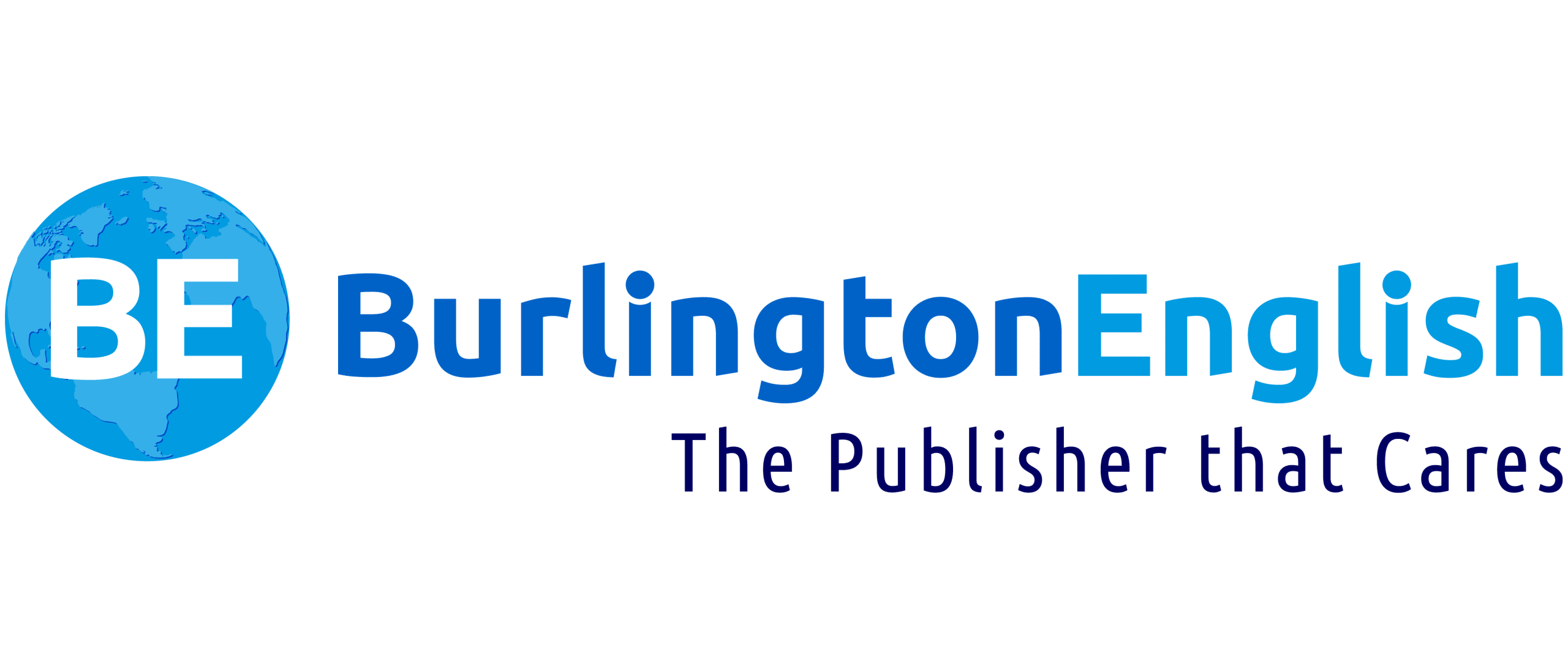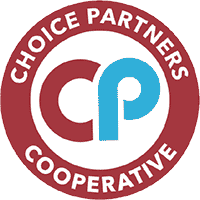Written by Peg Gould, Director of Community Education and Training
Mercer County Community College, Trenton, New Jersey
We all saw it coming: the COVID-19 quarantine, but we were told, and we believed it would be “two weeks and back to normal.” Initially, the goal was to keep the teaching going, and we did. March 16, 2020, at 9 a.m., we were up, live, and online. How many of us wished we could have prepared the students more, wished for just a little more time to get things ready, and worked harder (at home) than we ever thought we would?
Yet, thinking we could do this for just ten days, the return to in person operations was postponed and postponed and postponed. After about week four, fatigue set in and we yearned for our textbooks, our workbooks, and technology as a deviation from classroom instruction.
I remember supervising those times: using free zoom accounts, classes were logging on for 40 minutes, ending the session, and logging back in, for a three-hour block! Not being able to get into a zoom class was a nightmare for students! Lost in cyberspace! As a supervisor, waiting for the host to let me in or using the wrong link was a nightmare. This doesn’t include the students without devices or internet—inclusive programming? We did our best, and students did more than their best.
No one wants to relive those times of finding “good” sites for students and for teachers, puzzling together pieces of where they left off to how to go forward, or the daily check-ins with me about health and well-being, program updates, site sharing, and student needs. On some levels, we were never more unified as a staff, but to be honest, I was wondering if COVID-19 would be the end of humanity. Chilling. And how do you move adult learners and staff forward?
What made these times ultra-difficult was that everything was new, nothing was the same, and our daily structure was gone, with the donning of a mask.
In the meantime, administratively, our programs ground to a halt. Post-testing, registration and pre-testing, and orientations ceased. When we had our testing team in place, a model of orientation, and the next enrollment lined up, the COVID-19 pandemic forced us to remote operations, just short of our contracted levels of service. Those early months were like being in a wind tunnel with a raging disease just outside our screens. Weeks turned into months of remote teaching, and a centering, stabilizing change presented itself.
I had heard of BurlingtonEnglish and attended a few professional development sessions about this online, computer-assisted instructional platform. BurlingtonEnglish was just a bit too expensive, especially when teachers had other material, and computers were not consistently available to our noncredit programs. We shared labs among seven different classes, so labs were at a rotating premium. I wouldn’t take the risk of bringing in a digital learning platform that could easily turn into another resource to use “on a rainy day.”
Yet, in the middle of an endless pandemic, students need engagement and a reason to continue to make extraordinary efforts. ESOL instructors need relevant and engaging activities presented in an organized and user-friendly format. BurlingtonEnglish came and saved us!
BurlingtonEnglish representatives gave me an overview of the platform, its courses, and various features including, Burlington Core, Prepare for CASAS, English for Specific Careers, and the unique SpeechTrainer® pronunciation course. They walked me through the extensive instructional resources, including projectable, interactive In-Class Lessons, ready-made Lesson Plans (with specific pacing guidelines and student assignments), Virtual Class Scheduler, and student Portfolios.
Wow! We walked back in the classroom, the new BurlingtonEnglish classroom! We were given a four-to-six-week preview time during which the teachers and the students could work from BurlingtonEnglish. The representatives from Burlington were supportive and responsive. They gave the teachers several overview sessions. They were readily available to answer questions live, via email or discuss via a Zoom meeting.
A panacea to remote ESOL or too good to be true? I was thinking this company really wants our purchase and once we’re a paying customer, no one will give us help. What did the teachers think? Would they use it? If seats were purchased, would the teachers use the platform extensively?
At some point, the NRS benchmarks will re-appear as a priority, and as a program administrator, I really appreciated Burlington’s Prepare for CASAS lessons and Test Practice. Who doesn’t want something to boost test performance? Even when we were remote testing, the need for student performance didn’t go away.
We rode out the PY 2019-2020 on the coattails of BurlingtonEnglish and without a return to in person operations nowhere in sight. Thanks to COVID-19, the PY 2020-2021 brought with it the reality of remote operations, our new normal. Being remote, we didn’t need to budget for items we would be using in a classroom and opted instead to purchase seats in BurlingtonEnglish. The language learning benefits aside, Prepare for CASAS modules would be our solution to meet our NRS benchmarks.
Fingers crossed, we hoped, but didn’t expect to be supported or to stabilize our ESL programs with continued help from BurlingtonEnglish representatives. Hope doesn’t disappoint.
Moving Forward in Partnership
My WIOA Title II program had a monitoring visit at the end of February 2020. We had not met a minimum number of NRS benchmarks, but we were ready with a proactive plan to address our shortcomings. We hired a data analyst, we devised a more practical (and student-centered) testing schedule, we met on a more frequent basis with teachers, and we were within five days of starting our plan when COVID-19 pushed us to remote operations.
Registrations stopped, testing ceased, and teacher meetings shifted to focusing on adapting to the world through a Zoom meeting space. There were new needs, but the pressure of showing an improved performance persisted, even if the students didn’t.
It was during what turned out to be our first few months of remote operations that I took a more discerning look at BurlingtonEnglish. Over the years, I had attended conference presentations about BurlingtonEnglish, but it was a presentation about their Prepare for CASAS section that grabbed my attention because that’s where we needed most support, preparing students for their posttests.
As a potential customer, the first meeting was a snap. Who wouldn’t want to court a potential new lead? We had a chance to pilot BurlingtonEnglish, which was exactly what we needed to make an informed decision about the usability and relevance of the platform. The teachers liked it and most importantly, our students were engaged! We became adopters, and I expected our individualized customer attention to evaporate too. I couldn’t have been more wrong.
Leadership and Management in a Partnership During a Pandemic
When multiple forces converge at the same time, it’s called a perfect storm. For us, multiple forces formed a perfect storm of successful change.
There are three points to Kurt Lewin’s organizational change model: unfreeze, change, refreeze. Lewin modeled this change management concept with an analogy of changing a block of ice. Starting with a block of ice, it can become a cone of ice through a three-step process. Unfreeze, or melt the ice block (a condition amenable to change). Mold the melted ice, now water, to the desired shape (change to a desired state). Lastly, solidify the new cone shape (refreeze the new shape).
Yes, the pandemic was an unanticipated change, but more than the necessitation a change in working conditions, it helped us to navigate the landscape of changing our approach to data (analyzing, tracking, working with) during a time of turmoil and uncertainty. It was the perfect opportunity for us to unfreeze our operations. It had been evident for quite some time that a change was needed to reach our benchmarks. Igniting momentum for change and sustaining it seemed just out of my grasp, as did successfully reaching benchmarks.
Using Kurt Lewin’s equation of complex change management, I evaluated our program and its effects on funding. The sum (resistance to change) was not greater than the contributing factors (needs, reasons, and ways to change). Struggle is the most difficult part of change. Changing the way things are taught was neither a dissatisfaction, desire, nor practical. I saw myself on one side of the equation and the teachers on another. BurlingtonEnglish provided the balancing equilibrium.
Here are some practical steps we worked through:
- BurlingtonEnglish representatives worked with me to work with the teachers to get an understanding of our current strengths (individual strengths, tacit knowledge, and openness to lifelong learning). They also looked at the target area of change/needed improvement, specifically reaching NRS contracted benchmarks.
- BurlingtonEnglish representatives met with me several times each week over a three-month period to get an understanding of our program, our operations, and the current state of the department. We decided to launch a multi-year improvement plan. We scheduled a regular team meeting every six-to-eight weeks to examine standards and competencies, and to discuss how to prepare students for their skills posttest, the indicator of reaching NRS benchmark gains.
- BurlingtonEnglish started to facilitate a change.
- The change started with their approach to our needs: explaining it as a given, an obvious common need, and giving the students agency over their learning, thereby reaching more benchmarks. We suddenly had a framework, and the teachers felt empowered.
What I admire about their approach to change is the strategy. They did not follow a step-by-step change management theory or adhere to strict factors in a change equation. Burlington’s approach to change was not focused on the why as much as the how. They communicated to the teachers that self-regulation supports the possibility of change. See Figure 1.
Making the Change
Our regular meeting schedule ensured an attractive solution to the problem of performance without sacrificing the canvas that was the picture of our change. BurlingtonEnglish guided teachers through the murky waters of change and the uncertainty that comes with it. The teachers started to use the BurlingtonEnglish platform and implemented new strategies learned from the BurlingtonEnglish trainings. I saw the teachers start to believe in themselves and facilitate based on student areas of skills improvement. Formerly, our program reviewed the knowledge the students brought to the class with them and built forward, having confirmed their existing knowledge. We taught to their entry level. When we worked with BurlingtonEnglish, we helped students reach higher, thereby raising test scores and meeting benchmarks. A new direction emerged.
The change process was exactly that, a process that has taken many months. Seeing possibilities and believing you can change does not result in instant change. BurlingtonEnglish had (and still has) a plan to help us with the change. The concept of a spiral curriculum was building in front of me, going from the general to the more specific.
The teachers looked forward to regular meetings with BurlingtonEnglish representatives. The benchmarks started to show. This is an example of all staff coming together, working with a new curriculum, being supported by the staff of that curriculum, and the quantitative outcomes the program is accountable to show. See Figure 2.
Our staff started to examine the data in significant detail and spoke with students more deliberately about test scores and their performance. Staff developed programs for student improvement, recognizing student strengths. Our orientation was reworked, giving students the opportunity to ask questions, and allowing teachers the opportunity to deal with initial problems immediately and reporting any operational oversights to department administration.
Students were empowered by their teachers. Teachers were empowered by BurlingtonEnglish representatives. The program was empowered by collaboration of all stakeholders. The regular BurlingtonEnglish meetings started to reflect celebrating short term wins, which reinforced the self-efficacy of believing change is possible.
Refreezing
A year and a half into our change management plan, we’re ready to refreeze, but we recognize the need for continual improvement. We are entering the third quarter of this program year with five NRS ESL benchmarks, compared to one of six NRS ESL benchmarks pre-pandemic.
The refreeze stage also gives us the chance to reflect and standardize the positive changes we’ve made. This means making sure that the approaches are used all the time, and that BurlingtonEnglish guidance continues to be incorporated, perhaps on a less intensive basis. With a new sense of accomplishment, my teachers feel confident and comfortable in the new and stable environment they created. BurlingtonEnglish is helping us to reach our benchmarks effectively by empowering students to take ownership of their learning. In this refreezing stage, we celebrate our accomplishments of increased benchmark attainment through a new curriculum that engages our adult learners with continued support of BurlingtonEnglish representatives. We’re going to let this sink in before we change again.
In pandemic times when we’re constantly shifting between in person, remote, and hybrid instruction, we’ve emerged with the knowledge that our collective efforts will be equally as successful at the next time of change.
On Your Own
Here are some ideas to help initiate and sustain change:
- Identify your desired change.
- Identify change outcomes.
- Identify barriers that can hinder change.
- Pledge supportive leadership and walk with staff every step of the way.
- Monitor your progress regularly.
- Celebrate short term wins.
- Establish feedback systems with stakeholders: staff, consultants, students, colleagues.
- Adapt the steps to change as little as possible, but necessary if needed.
- Maintain an open line of communication to keep everyone informed.
- Celebrate your success! You did it!
Takeaways
Analyzed here were the three distinct stages of Lewin’s Change Management Model. It is a straightforward paradigm useful for planning a large-scale change. Create or work with a trusted colleague to motivate change (unfreeze). Alone or with your change partner, work through the change process by empowering your staff to step into and through the process (change). Although the only constant is change, the desired change can be reached when a new stability is real and present (refreeze). Sustainable change is like a new bird. It is a fledgling with a 50-50 chance to grow and thrive. Our partnership with BurlingtonEnglish helped us to make the change we were looking for, the change we needed.
Figure 1
Chart illustrates Lewin’s change management theory in application
| FREEZE | CHANGE | UNFREEZE |
|---|---|---|
| MCCC Title II ESL + BurlingtonEnglish |
|
Figure 2
Three bar graphs indicate PY 2021-2022 BurlingtonEnglish platform usage: teachers, students, teachers/students.



References
Hussain, S.T., Lei S., Akram, T., Haider M., Hussain, S.H., Ali, M. (2018).
Kurt Lewin’s change model: A critical review of the role of leadership and employee involvement in organizational change.
Beckhard, R., Harris, R. (1987).
Organizational Transitions: Managing Complex Change (2nd ed.). Pearson Education.
Author:
Peg Gould is Director of the Community Education and Training Department of Mercer County Community College at its James Kerney Campus in Trenton, NJ.


